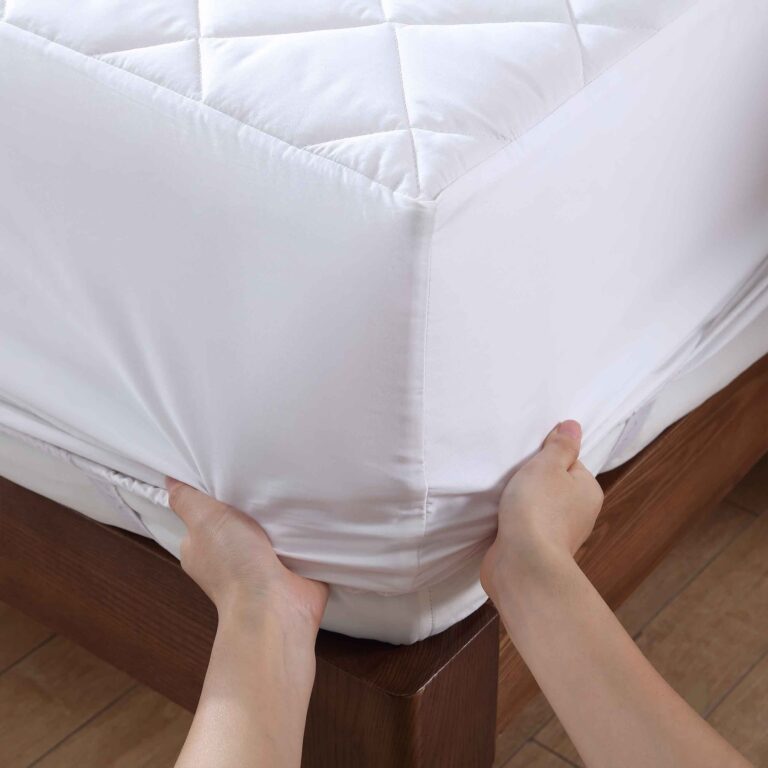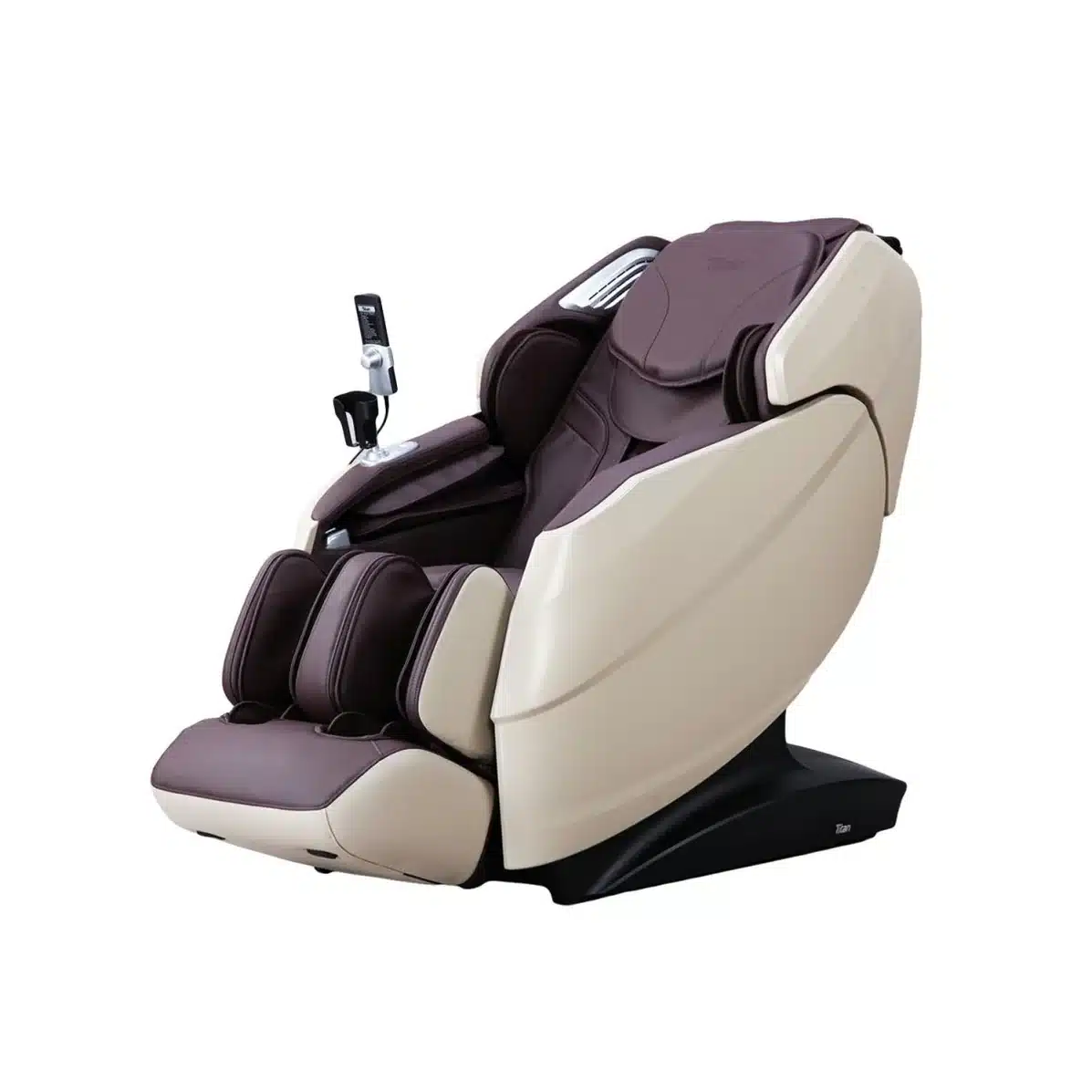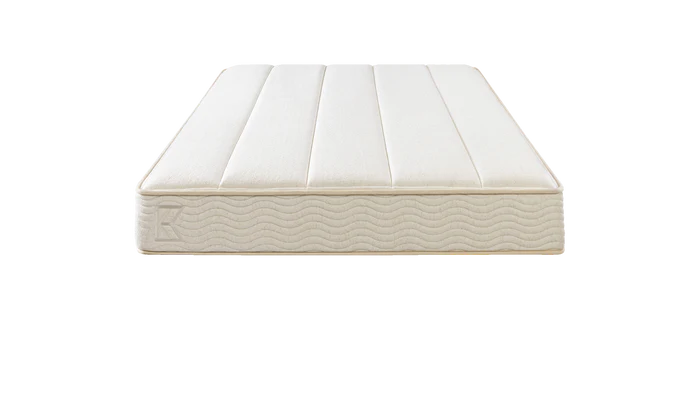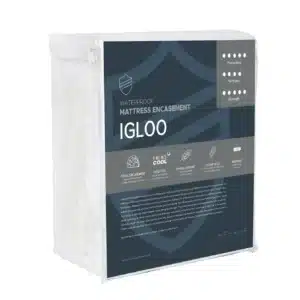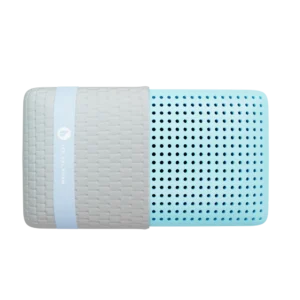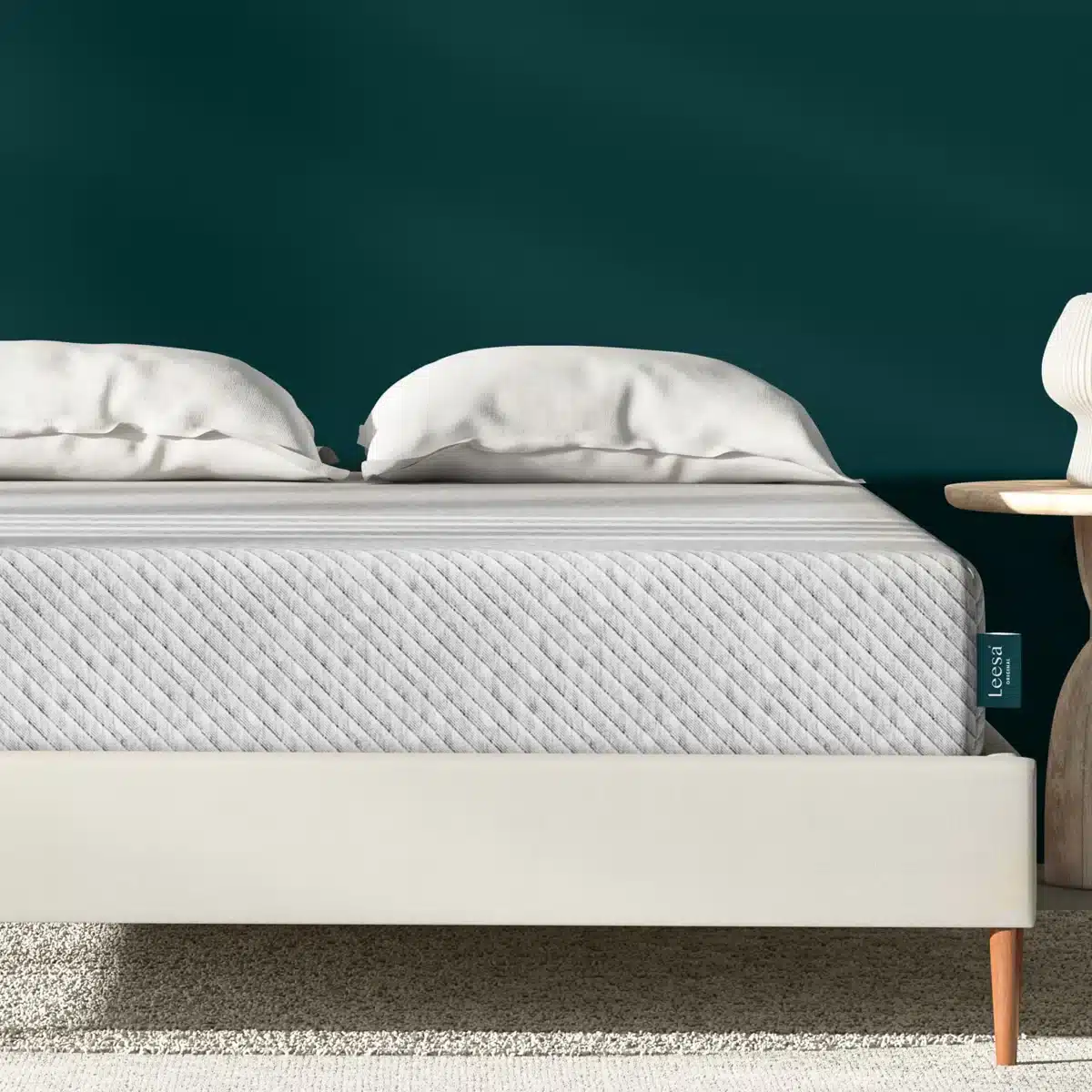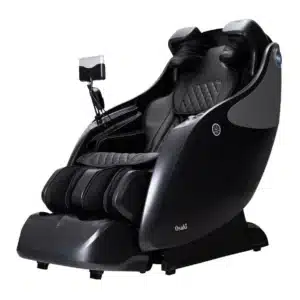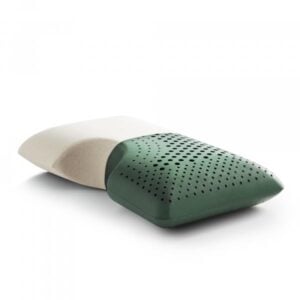A mattress pad, also commonly known as a mattress topper, is a specialized bedding accessory designed to enhance the comfort and support of a mattress. It is a thin layer of cushioning material that is placed on top of a mattress, providing an additional barrier between the sleeper and the mattress surface. This extra layer is intended to improve the overall sleep experience by offering enhanced softness, support, and temperature regulation.
The primary purpose of a mattress pad is to modify the feel of a mattress to better suit the preferences and needs of the sleeper. It can transform a firm mattress into a softer and more comfortable surface, or provide additional firmness to a mattress that is too soft. By adjusting the level of firmness, a mattress pad can help alleviate pressure points and promote spinal alignment, leading to a more restful and rejuvenating sleep.
Mattress pads are typically made from various materials, including memory foam, latex, down alternative, or cotton. Each material offers distinct advantages and characteristics. Memory foam mattress pads, for instance, conform to the body’s contours, providing exceptional pressure relief and reducing motion transfer. Latex mattress pads, on the other hand, offer excellent support, breathability, and durability. Down alternative and cotton pads are often sought after for their hypoallergenic properties and breathability.
In addition to enhancing comfort, mattress pads can also serve as a protective barrier for the underlying mattress. They help safeguard the mattress against spills, stains, allergens, and general wear and tear, extending the lifespan of the mattress itself. Some mattress pads also feature waterproof or moisture-wicking properties, making them especially useful for individuals with children, pets, or those prone to nighttime accidents.
When selecting a mattress pad, factors such as thickness, density, and materials should be carefully considered. Thicker pads generally offer more significant cushioning, while denser materials provide enhanced support. It is crucial to choose a mattress pad that complements the existing mattress and caters to individual sleep preferences.
In conclusion, a mattress pad is a valuable bedding accessory that can elevate the sleeping experience by adding an extra layer of comfort and support. It allows sleepers to customize the feel of their mattress while providing protection and longevity. Whether seeking enhanced softness, support, or temperature regulation, a well-chosen mattress pad can contribute to a night of restful and revitalizing sleep.

Mattress Pads Can Breathe New Life Into an Old Mattress
Furthermore, mattress pads offer a cost-effective alternative to purchasing an entirely new mattress. Instead of investing in a brand-new bed, individuals can opt for a mattress pad to address specific comfort concerns or revitalize an aging mattress. This not only saves money but also reduces waste by extending the lifespan of the existing mattress.
When it comes to maintenance, mattress pads are generally easy to care for. Most pads can be conveniently removed and machine-washed, allowing for effortless cleaning and maintenance of a fresh sleeping surface. It is advisable to follow the manufacturer’s instructions for cleaning and care to ensure the longevity and performance of the mattress pad.
In recent years, the mattress pad market has witnessed significant innovation and diversification. Manufacturers have introduced advanced features such as temperature-regulating technologies, moisture-wicking properties, and hypoallergenic materials. These advancements cater to the evolving needs and preferences of consumers, providing solutions for issues like night sweats, allergies, and sleep disturbances.
Before purchasing a mattress pad, it is essential to research and consider various factors. These include the desired level of comfort and support, the specific features required, and compatibility with the existing mattress. Reading customer reviews and seeking expert advice can also help in making an informed decision.
In conclusion, a mattress pad is a valuable addition to any sleep environment, offering an array of benefits such as enhanced comfort, support, and mattress protection. With their versatility, affordability, and ease of maintenance, mattress pads have become a popular choice among individuals seeking to optimize their sleep experience without the expense of replacing their entire mattress. By selecting a suitable mattress pad that aligns with personal preferences and needs, individuals can enjoy a rejuvenating and restful sleep night after night.

Mattress Pads for Increased Comfort
Moreover, the benefits of using a mattress pad extend beyond personal comfort and mattress protection. Studies have shown that a good night’s sleep plays a crucial role in overall health and well-being. By improving the quality of sleep, a mattress pad can have a positive impact on various aspects of life.
One of the key advantages of a mattress pad is its ability to alleviate pressure points on the body. A well-designed pad can distribute body weight evenly, reducing the strain on joints and muscles. This can be especially beneficial for individuals who suffer from conditions such as arthritis or back pain. By providing targeted support and cushioning, a mattress pad promotes proper spinal alignment and relieves discomfort, enabling sleepers to wake up feeling refreshed and rejuvenated.
Additionally, mattress pads can enhance the sleep environment by regulating temperature. Many pads incorporate advanced technologies that help dissipate heat and moisture, preventing the build-up of sweat and creating a cool and comfortable sleeping surface. This is particularly advantageous for individuals who tend to sleep hot or experience night sweats, as it helps maintain a more optimal sleep temperature throughout the night.
Furthermore, mattress pads can contribute to improved hygiene and allergy control. They act as a barrier against allergens such as dust mites, dander, and pollen, minimizing the potential triggers for allergies or asthma. Individuals with sensitivities or respiratory conditions can benefit from a mattress pad that is specifically designed to be hypoallergenic and resistant to common allergens. This promotes a cleaner and healthier sleep environment, reducing the risk of allergic reactions and ensuring a more restful night’s sleep.
In conclusion, the mattress pad is an invaluable accessory that enhances the sleep experience in numerous ways. By providing customized comfort, support, and temperature regulation, it aids in relieving pressure points and promoting proper spinal alignment. Furthermore, it serves as a protective barrier for the mattress, prolonging its lifespan and reducing the need for premature replacement. The benefits extend beyond personal comfort, as mattress pads contribute to overall health and well-being by improving the quality of sleep and creating a cleaner, allergen-resistant sleep environment. For individuals seeking to optimize their sleep and wake up feeling revitalized, a well-chosen mattress pad is a wise investment.
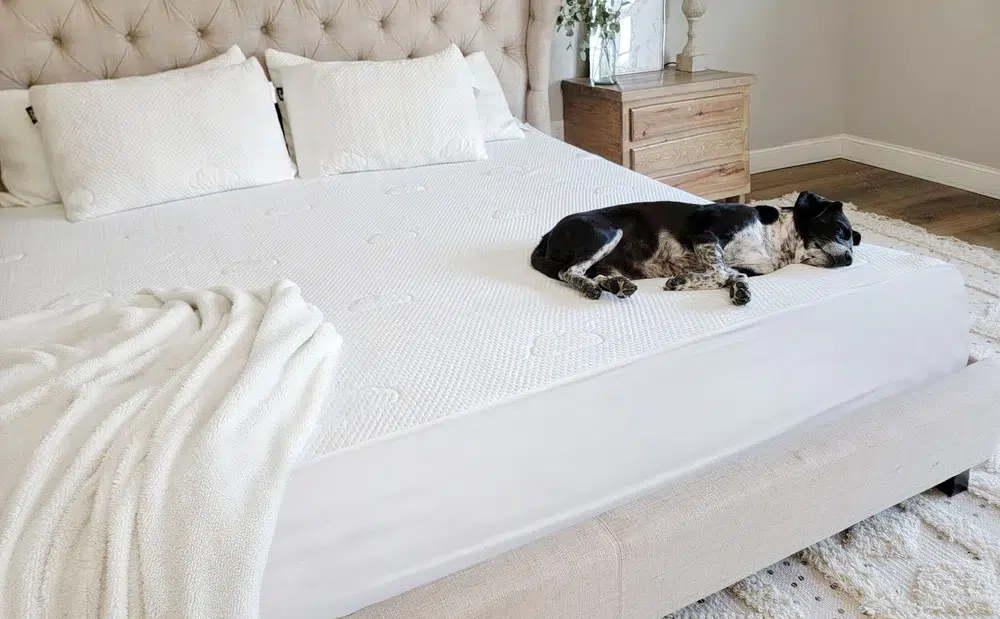
Mattress Pad vs. Mattress Protector
When it comes to safeguarding your mattress and ensuring its longevity, both a mattress pad and a mattress protector play distinct roles. While they serve similar purposes, understanding the differences between the two can help determine if you need both for your specific needs.
A mattress pad, as mentioned earlier, primarily focuses on enhancing comfort and modifying the feel of the mattress. It acts as an additional layer of cushioning, providing softness or support depending on your preferences. While some mattress pads may offer limited protection against spills and stains, their primary function is to enhance your sleep experience rather than act as a robust protective barrier.
On the other hand, a mattress protector is specifically designed to shield your mattress from a wide range of potential threats. Its primary objective is to provide comprehensive protection against spills, stains, allergens, dust mites, bed bugs, and other potential contaminants. A mattress protector acts as a physical barrier, preventing liquids and particles from seeping into the mattress and compromising its cleanliness and structural integrity. It is typically made of waterproof or water-resistant materials, providing an extra layer of defense against accidents or spills.
Considering the distinct functions of both accessories, it is beneficial to have both a mattress pad and a mattress protector. By using a mattress pad, you can customize the comfort and support of your mattress to suit your needs, enhancing the overall sleep experience. Simultaneously, a mattress protector ensures the long-term protection and cleanliness of your mattress, safeguarding it against stains, spills, allergens, and other potential contaminants.
While it is possible to find combination products that offer the features of both a mattress pad and a mattress protector, it is important to evaluate the specific features and qualities of each accessory. Investing in separate, specialized products ensures that you can optimize both the comfort and protection of your mattress.
In summary, a mattress pad and a mattress protector serve distinct purposes. A mattress pad enhances comfort and modifies the feel of your mattress, while a mattress protector provides comprehensive protection against spills, stains, allergens, and other contaminants. To ensure the best possible sleep experience and mattress longevity, it is advisable to use both accessories in combination, tailoring the comfort of your mattress with a pad while safeguarding its cleanliness and integrity with a protector.


